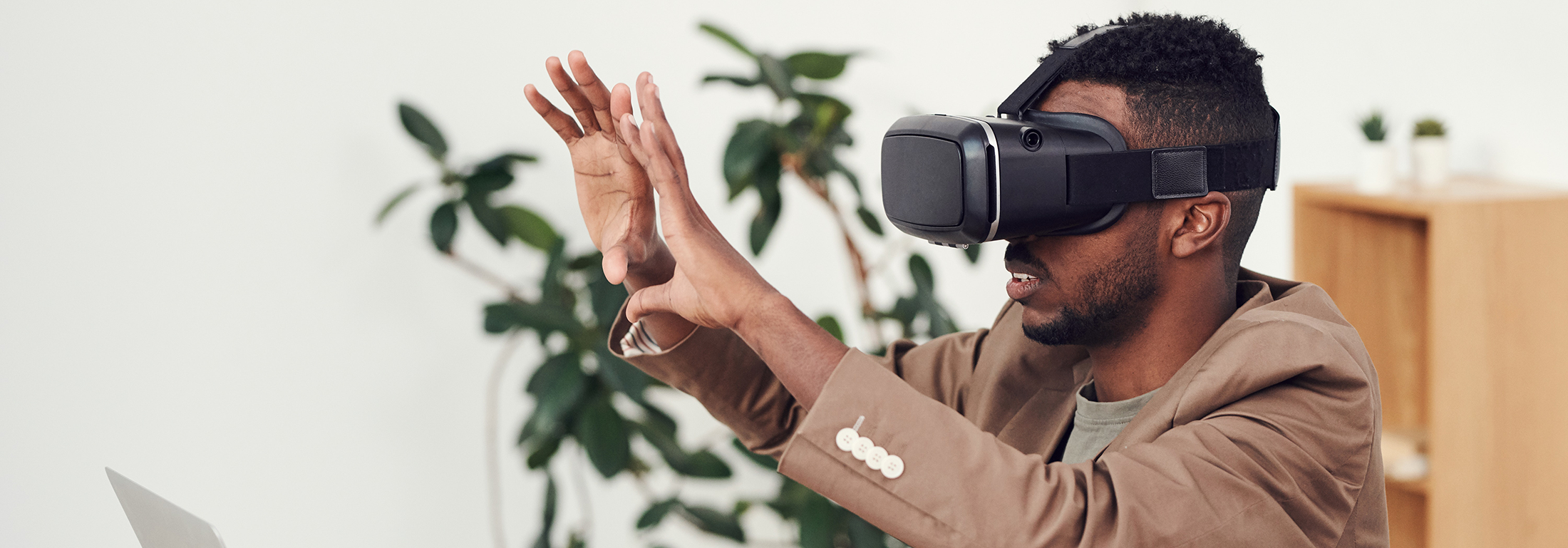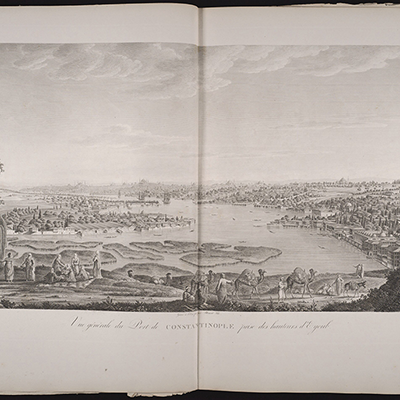





Gaming/Gamificaton
Jakita Thomas, Philpott Westpoint Stevens Associate Professor, Computer Science and Software Engineering

Jakita Thomas’ popular course Game Design for Social Change is inherently international simply due to the mix of domestic and international students attracted to the subject. Using that student diversity as a springboard, Thomas assigns students to work in groups designing board and computer/mobile/video games that address an issue aligned with the UN’s Sustainable Development Goals. Students have designed games in that class that address a range of global issues from racism to female genital mutilation. The student groups brainstorm several game ideas as a group, which they present to the larger class and then the class votes on the idea they think is the best. Groups decide whether they want to pursue that game idea or another one of their ideas, which generates discussion about the ideas themselves and the culture and systems that surround the issue they want to address.

ArcGIS StoryMaps
Stephanie Rogers, Professor, Geosciences

StoryMaps allow you to take your students on a virtual adventure by exploring maps, images and stories from around the world. Whether the faculty member develops his or her own StoryMap depicting unique insights, data and educational material or whether students are tasked with using their creativity to display what they’ve learned, these interactive tools provide a way to visualize and make connections between facts and ideas. Stephanie Rogers’ Geographic Field Methods course allowed students to do just that.
Today, satellite imagery and aerial photography are widely available to explore landscapes and land uses across different parts of the globe. Andy Gillespie commonly uses Google Maps and Google Earth in his sustainability classes to provide students with examples of land uses that are uncommon or different in the U.S. from those found in other countries. Historical imagery and 3-D effects can also enhance the immersive experience for the students as they look through time and space at points of interest that help to bring international perspectives, both visual and intercultural.

Virtual Tours
Lacey Armstrong, Executive Director, Joseph S. Bruno Auburn Abroad in Italy Program

Experiencing the food from another culture is a quintessential aspect of travel, and while Lacey Armstrong and her colleagues might not be able to provide students a literal taste of Italian food they have created an online culinary tour to transport students and inspire them to try their own dishes at home. Learn more about the Online Italian Culinary Tour.
Take a virtual tour of Arrica, Italy.

360° Photos and Videos
Lacey Armstrong, Executive Director, Joseph S. Bruno Auburn Abroad in Italy Program

When students can’t be “there” in person, technology can still allow them to explore. The Joseph S. Bruno Auburn Abroad in Italy program is working to support home campus faculty and students by developing enriching content to add to their courses. Especially with fewer hands-on classroom activities available during the COVID era, Lacey Armstrong hopes the content they provide adds meaningful and engaging opportunities for students to explore the subjects they are studying through an international lens. Using ThingLink, Armstrong and her colleagues developed a virtual tour of the Ariccia campus to transport students to Italy. They also created a 360 video of the Trevi Fountain in Rome, with all the sights and sounds but without all the tourists.
"For historians, one of the hardest tasks is convincing students (or, really, any audience) to let go of the stuff they know in order to think like people in the past," Ralph said. "It might be a scientific theory well-established today but not yet conceived in the time in question; a moral viewpoint regarded as ‘natural’ today, but not at all obvious long ago; or, simply, the knowledge of consequences, of what happened next. In my classes, I often ask students to imagine how cities have changed over time. Neighborhoods that seem ageless are often less than two hundred years old. Istanbul, for example, modernized heavily in the second half of the nineteenth century. Between 1838 and 1908, the population of Istanbul doubled; the city expanded, filling up its empty spaces; and, in the wake of a series of fires (in particular the Hocapașa fire of 1865), roads were widened and streets straightened, imposing new order on the urban landscape."
Ralph is using the Auburn University Libraries’ Liquid Galaxy screen to help fuel his students’ imaginations, exploring the past in detail and making concrete comparisons in his project titled Paper Landscapes: Antoine-Ignace Melling’s view of Istanbul, 1809-1819.
Paper Landscapes transports its viewers back to Istanbul of the early nineteenth century (which Melling still referred to as Constantinople). Melling was a young German artist and architect employed by Ottoman Sultan Selim III. When he left Istanbul, he moved to Paris. There, he started work on publishing the Voyage pittoresque de Constantinople et des rives du Bosphore. His work was a beautiful portrait of the city in 48 image plates, ranging from expansive urban landscapes to closer, sometimes intimate, pictures of particular buildings and streets.

Auburn University Libraries’ Liquid Galaxy screen allows Ralph to present a global look at each of these plates. Each of Melling’s views of Istanbul has its own display, accompanied by text sharing insight into the detail Melling and his collaborator, the writer and historian Charles Lacretelle, chose to add to the scene; and a Google map zoomed in on the point from which the view was sketched. Where possible, the display also provides a contemporary photograph of the same view taken from the same vantage point. The map thus allows its user to navigate the early nineteenth-century city of Istanbul as Antoine-Ignace Melling saw it and drew it. At the same time, it draws awareness to the ways in which the city has fundamentally changed in the two hundred years since he was on the spot.
Even in the early nineteenth century, Melling’s Voyage pittoresque was set up to facilitate this exploration of city landscape. The Parisian publishers of Melling’s work, Treuttel and Würtz, contracted the geographer Jean-Denis Barbié du Bocage in 1815 to create a map plotting the various points from which Melling had drawn his views. A series of separate displays will invite students to explore this process, highlighting the contracts drawn up to secure Barbié du Bocage’s services in 1815, original drafts of which are in Auburn University’s Special Collections and Archives.
Paper Landscapes is a project still in development. Phase one is the re-creation of Melling’s landscapes on the screen. In phase two, either through study abroad or internet crowd-sourcing, Ralph plans to match Melling’s views of the city to contemporary photographs taken from the same perspective.
"Replicating Melling’s views will not be straightforward – some of them, at least so it appears, were sketched from on top of a very high ladder! Whether or not it is possible to capture the same view, there is much to be learned in the attempt: about how early nineteenth century subjects like Melling engaged with city landscapes, and about the ways that landscapes are contingent to their context and invested with specific social and intellectual meanings."